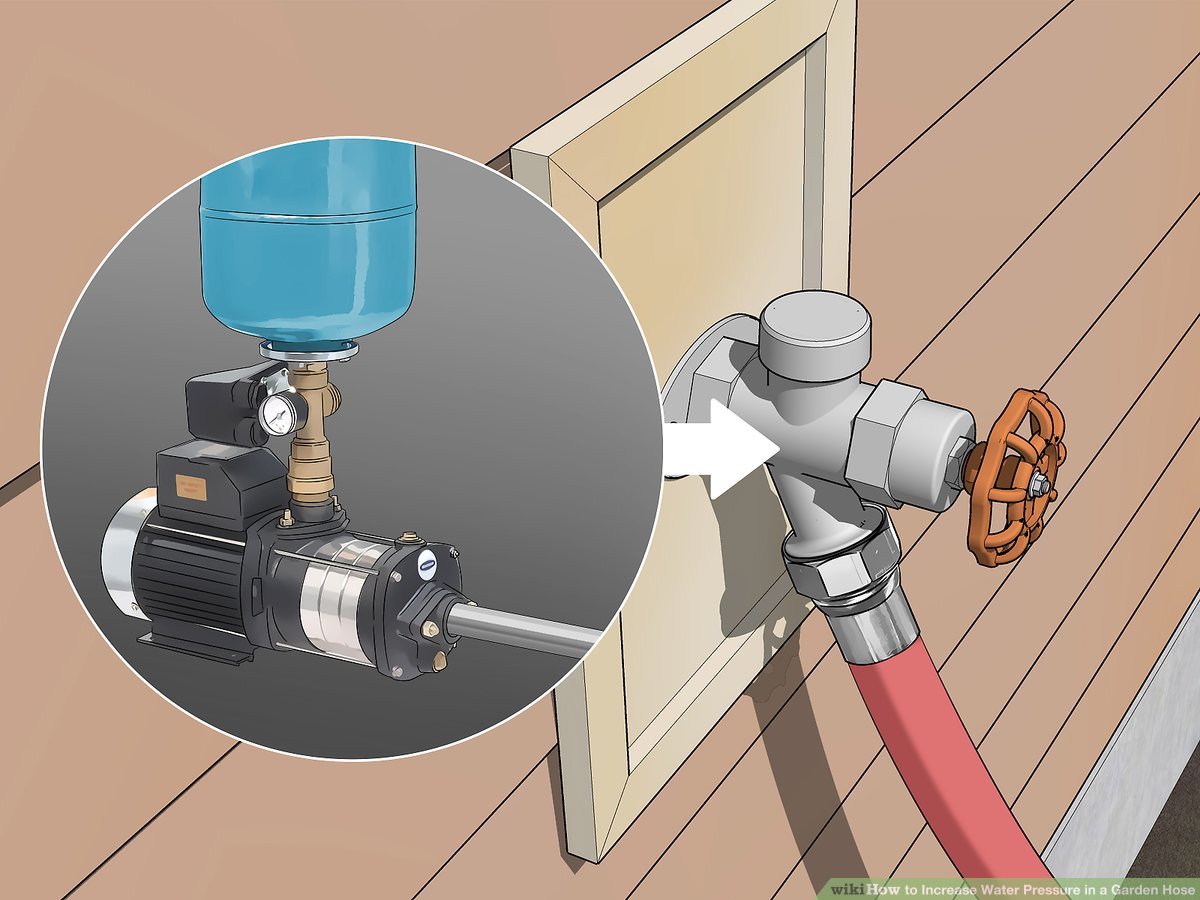Introduction
If you’ve ever noticed your garden hose delivering a weak, dribbling stream instead of a strong, steady flow, you’re not alone. Increasing garden hose pressure is essential for effective watering, cleaning, and outdoor tasks. Low water pressure can waste time and frustrate even the most dedicated gardeners.
This article explores proven methods to boost your garden hose pressure, covering everything from common causes of low pressure to practical improvements and maintenance tips. Whether you’re watering delicate plants or cleaning your patio, understanding how to optimize hose pressure can make a significant difference.
Why Is My Garden Hose Pressure Low?
Before diving into solutions, it’s important to identify why your garden hose pressure might be low. Common causes include:
- Kinks or bends in the hose: These restrict water flow.
- Old or damaged hoses: Wear and tear can reduce efficiency.
- Narrow hose diameter: Smaller hoses limit the volume of water.
- Faulty or clogged nozzles and fittings: Debris buildup can block water.
- Municipal water supply limitations: Sometimes, the source pressure is low.
Diagnosing the root cause helps tailor the best approach to increase pressure effectively.
How to Increase Garden Hose Pressure Effectively
1. Check Hose Condition and Length
- Inspect for kinks and leaks: Straighten any bends and repair or replace damaged sections.
- Use a shorter hose: Longer hoses reduce pressure due to friction loss. Using a hose no longer than necessary maintains stronger flow.
- Opt for larger diameter hoses: A 5/8-inch hose typically delivers better pressure than a 1/2-inch hose because of higher water volume capacity.
2. Upgrade Hose Nozzle and Fittings
- Choose high-quality nozzles: Adjustable nozzles with pressure regulation increase control over water flow.
- Clean or replace clogged fittings: Mineral deposits or dirt can block water. Soaking fittings in vinegar helps remove buildup.
- Use quick-connect fittings: They reduce leaks and maintain consistent pressure.
3. Enhance Water Source Pressure
- Check your water supply valve: Ensure it’s fully open to maximize flow.
- Install a booster pump: For properties with low municipal pressure, a pump can amplify water pressure.
- Avoid using multiple splitters: Each splitter reduces pressure by dividing flow.
4. Maintain Your Hose System Regularly
- Drain hose after use: Prevents internal damage and mineral buildup.
- Store properly: Coil your hose loosely in a shaded area to avoid wear.
- Flush the hose periodically: Running water at high pressure clears debris and sediment.
Real-World Example: Boosting Pressure for Efficient Garden Irrigation
A homeowner in California struggled with low pressure when watering a large vegetable garden. They replaced their 1/2-inch, 100-foot hose with a 5/8-inch, 50-foot hose, cleaned the nozzle, and installed a booster pump. This combination increased water pressure by approximately 40%, resulting in faster and more even irrigation.
Frequently Asked Questions About Garden Hose Pressure
Why does hose length affect pressure?
Longer hoses experience friction loss, where water slows as it rubs against the hose’s interior walls. Reducing length minimizes this effect.
Can I use a pressure regulator to increase pressure?
Pressure regulators limit pressure to protect your system. To increase pressure, you need to remove or adjust any regulators that are capping flow rather than enhancing it.
Is it better to use a sprinkler or nozzle?
Nozzles typically allow for higher pressure and targeted watering, while sprinklers distribute water over a wider area but can reduce pressure due to multiple outlets.
Conclusion
Increasing garden hose pressure involves a combination of proper equipment, maintenance, and understanding your water source. By inspecting your hose for damage, selecting the right diameter and length, upgrading nozzles and fittings, and considering supplemental pumps, you can enjoy a stronger, more efficient water flow.
Remember, regular maintenance and smart choices tailored to your garden’s specific needs ensure your hose performs optimally. Take these steps today to transform your garden watering experience and save time and water in the process.
